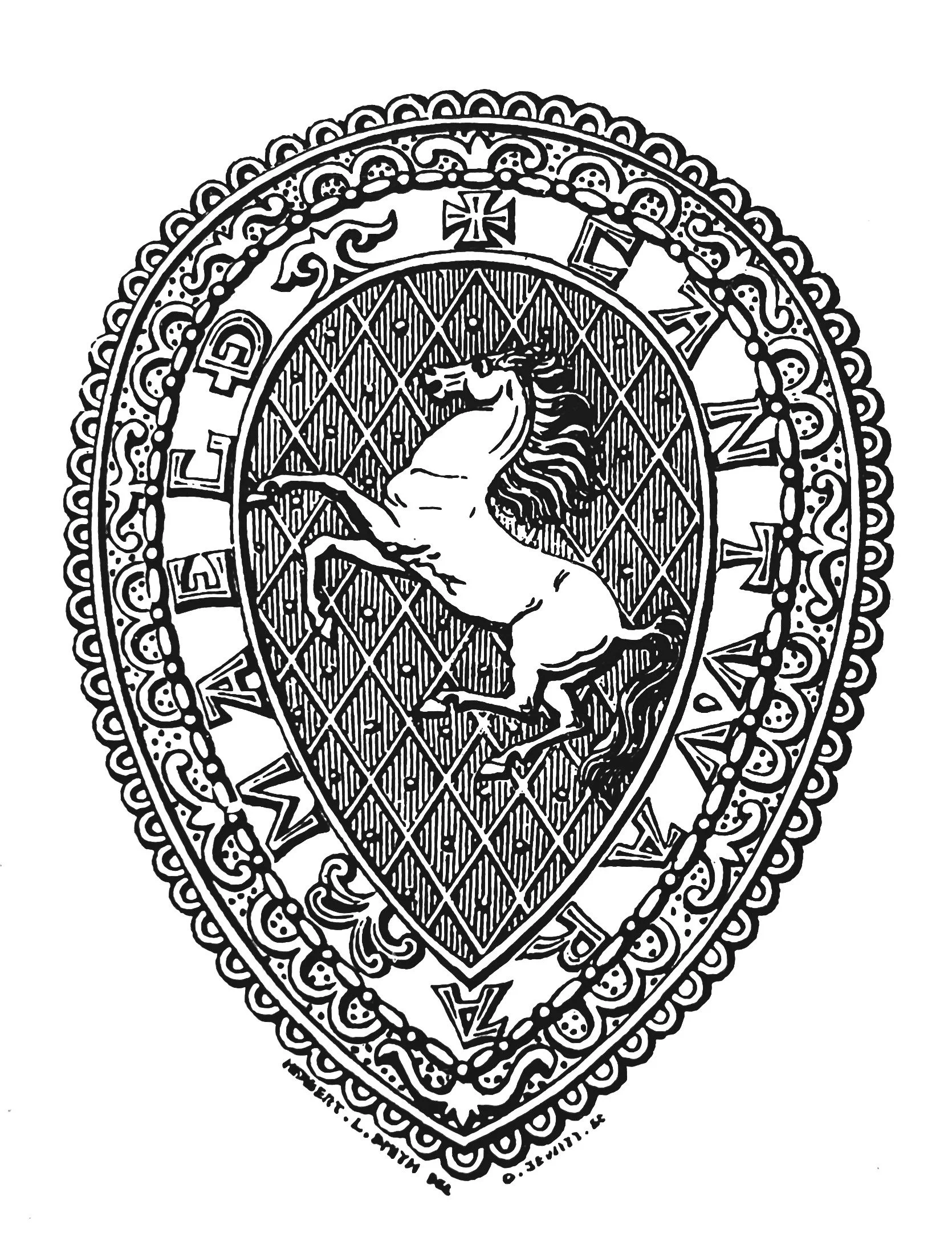
KAS Newsletter, Issue 19, Summer 1991
Exploration of Plaxtol Church's Commonwealth era origins, architectural studies, and Kent Archaeological Society's wide-ranging activities.
Contributions to the next issue are welcome. See the guidance for contributors and contact Editor Craig Campbell.
Search page
Search within this page here, search the collection page or search the website.
Previous
Previous
Obituary
Next
Next
The Origins of Plaxtol Church
Written By KAS
Featured
P. H. Blake, 1991, KAS Newsletter, Issue 19 (Summer 1991). Maidstone: Kent Archaeological Society.
B. Gipps, 1991, KAS Newsletter, Issue 19 (Summer 1991). Maidstone: Kent Archaeological Society.
KAS Newsletter, Issue 19 (Summer 1991). Maidstone: Kent Archaeological Society.
Alan Ward, 1991, KAS Newsletter, Issue 19 (Summer 1991). Maidstone: Kent Archaeological Society.


